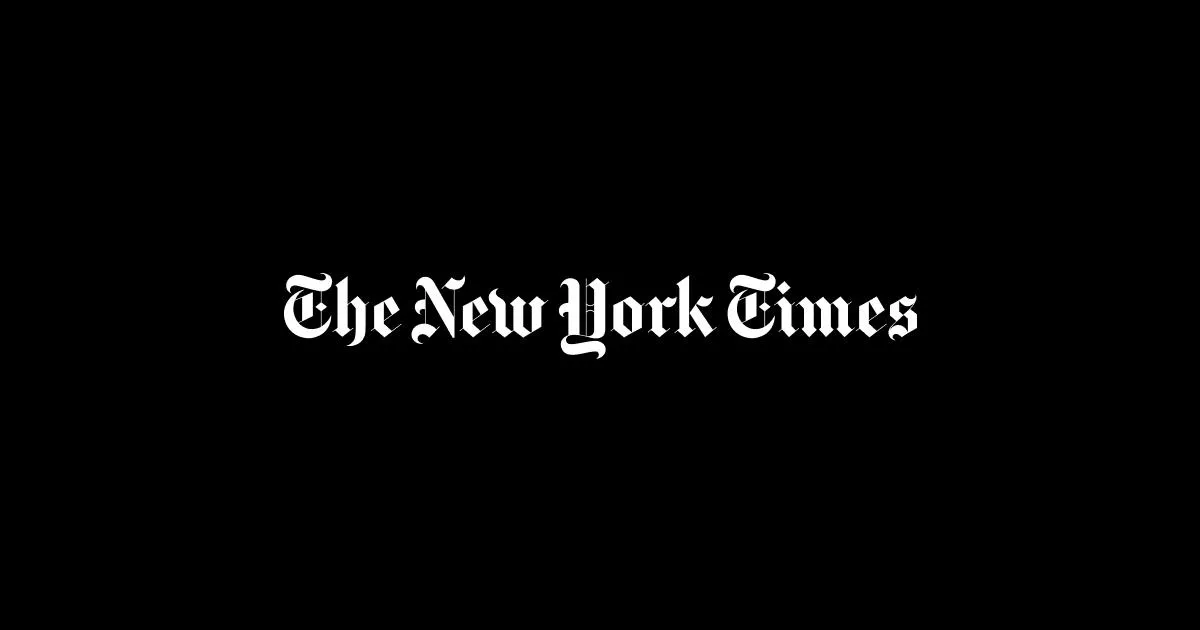
Recent economic data indicates that underlying inflation, measured by a “core” index that excludes the often volatile prices of food and energy, is projected to have increased by 0.3 percent over the month. This surge translates to an annual inflation rate of approximately 3 percent. In June, the core inflation rate had risen by 0.2 percent compared to the previous month, marking a 2.9 percent increase from July 2024. The upcoming July data, set to be released by the Bureau of Labor Statistics, is anticipated to provide crucial insights into how businesses are responding to tariff-related costs, which have been more pronounced following a period of relatively muted price increases.
U.S. companies that rely on imported goods have, until now, managed to avoid raising prices despite facing a universal 10 percent tariff on all imports since April, alongside increased tariffs on steel, aluminum, and products from countries like China and Canada. However, changes implemented on August 7 by President Trump, which impose harsher tariffs on specific countries, will not be reflected in the July inflation data. Earlier this year, businesses employed a strategy of stockpiling goods anticipated to be affected by these tariffs, which has allowed them to absorb costs without passing them onto consumers. Nevertheless, many companies appear to be reaching a tipping point where further price increases may become unavoidable, particularly following the notable uptick in June.
Particularly affected categories include furniture, appliances, and other household goods, as well as recreational products and footwear. While new and used car prices have remained relatively stable as manufacturers have absorbed tariff costs, there are concerns that this trend may not continue, potentially dampening demand that has already begun to slow. Additionally, with consumers becoming increasingly selective in their spending habits, prices for services such as airline fares and hotel fees have seen downward pressure.
The U.S. job market has also experienced a significant slowdown, with July’s report indicating a mere 73,000 jobs added for the month. Moreover, prior gains reported in May and June have been revised down by a substantial total of 258,000 positions. Although mass layoffs have not yet occurred, economists are concerned that companies may soon be compelled to cut back on staffing to mitigate the financial impacts of ongoing tariffs, which are squeezing profit margins.
The upcoming economic data will be critical for the Federal Reserve, which is currently navigating a complex economic landscape characterized by rising prices and a weakening labor market. Balancing the need to maintain low and stable inflation while preventing a significant rise in unemployment poses a considerable challenge for the central bank. Since the start of the year, the Fed has held interest rates steady as it seeks clarity on the economic ramifications of President Trump’s policies, including the imposed tariffs.
This cautious approach has drawn criticism from President Trump, who has publicly expressed his dissatisfaction with Jerome H. Powell, the Fed Chair, and the Board of Governors. Recently, Trump announced the appointment of a temporary governor to the board following a vacancy created by Adriana Kugler's unexpected departure. The president selected Stephen Miran, a known critic of the Fed and former chair of Trump’s Council of Economic Advisers, who now awaits Senate confirmation. This move aims to influence discussions among Fed officials, particularly concerning the timing of potential interest rate cuts that were previously paused.
As more policymakers express the need for interest rate reductions, the latest inflation data could complicate these plans. If inflation continues to accelerate beyond forecasts, it could hinder the Fed's ability to lower interest rates during its next meeting in September. Earlier this summer, Powell acknowledged that without the influence of tariffs, the Fed might have already lowered borrowing costs. As the economic landscape evolves, the interplay between inflation, tariffs, and employment will remain a focal point for both policymakers and consumers alike.